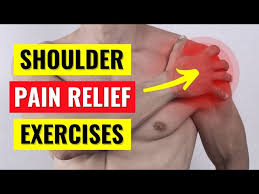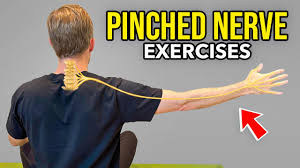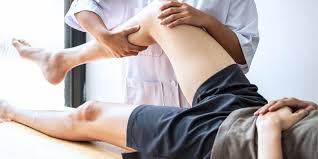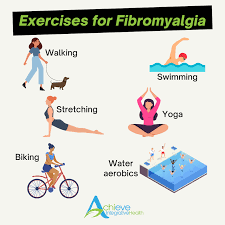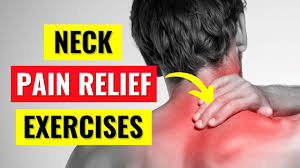Best Exercises for Shoulder Pain
Introduction: Everyday tasks like reaching, lifting, and even sleeping might be painful due to shoulder pain. The muscles that support the shoulder joint can be strengthened, stiffness can be decreased, and mobility can be increased by including easy and efficient exercises. These exercises are intended to enhance long-term shoulder health, reduce stress, and gently restore…

